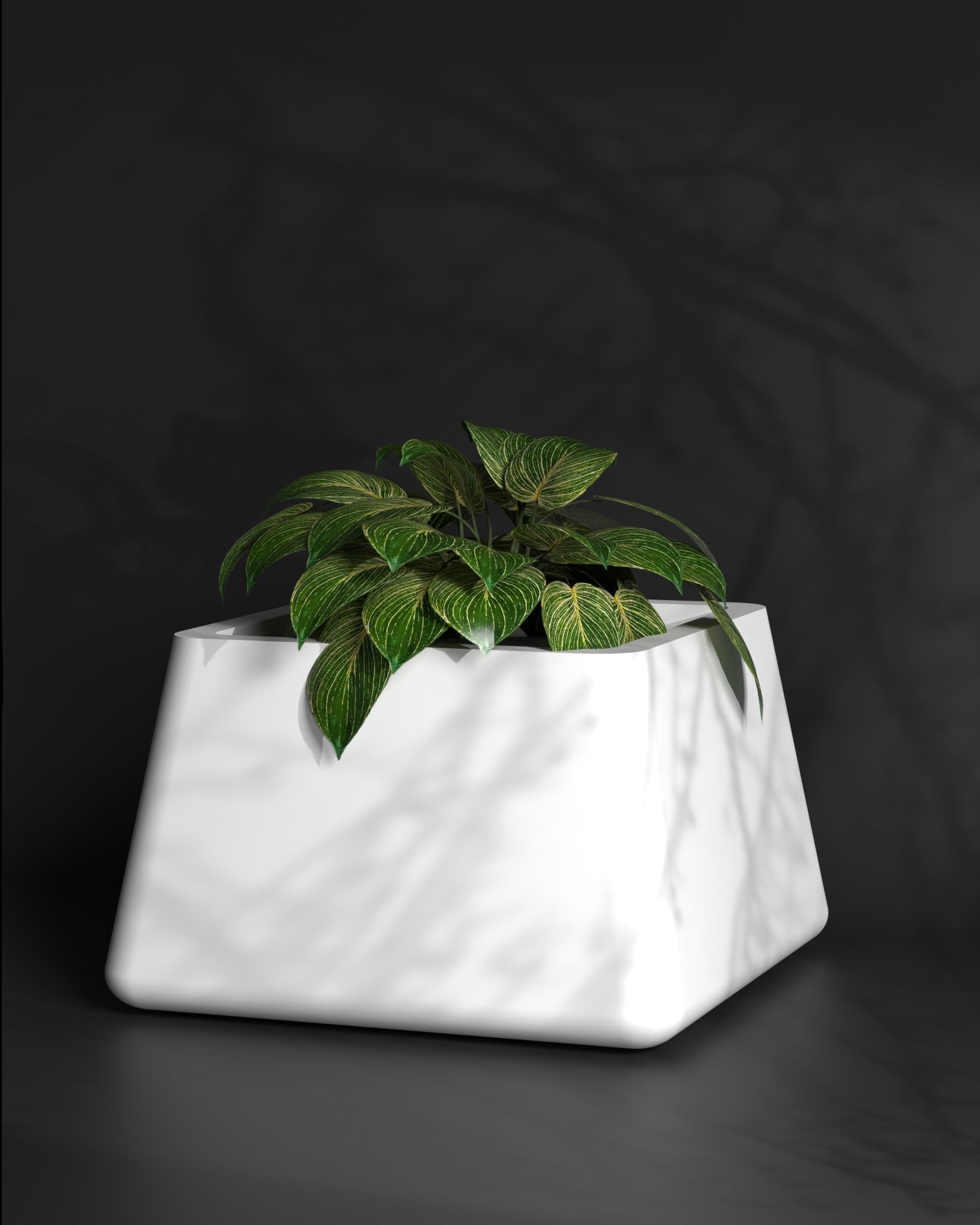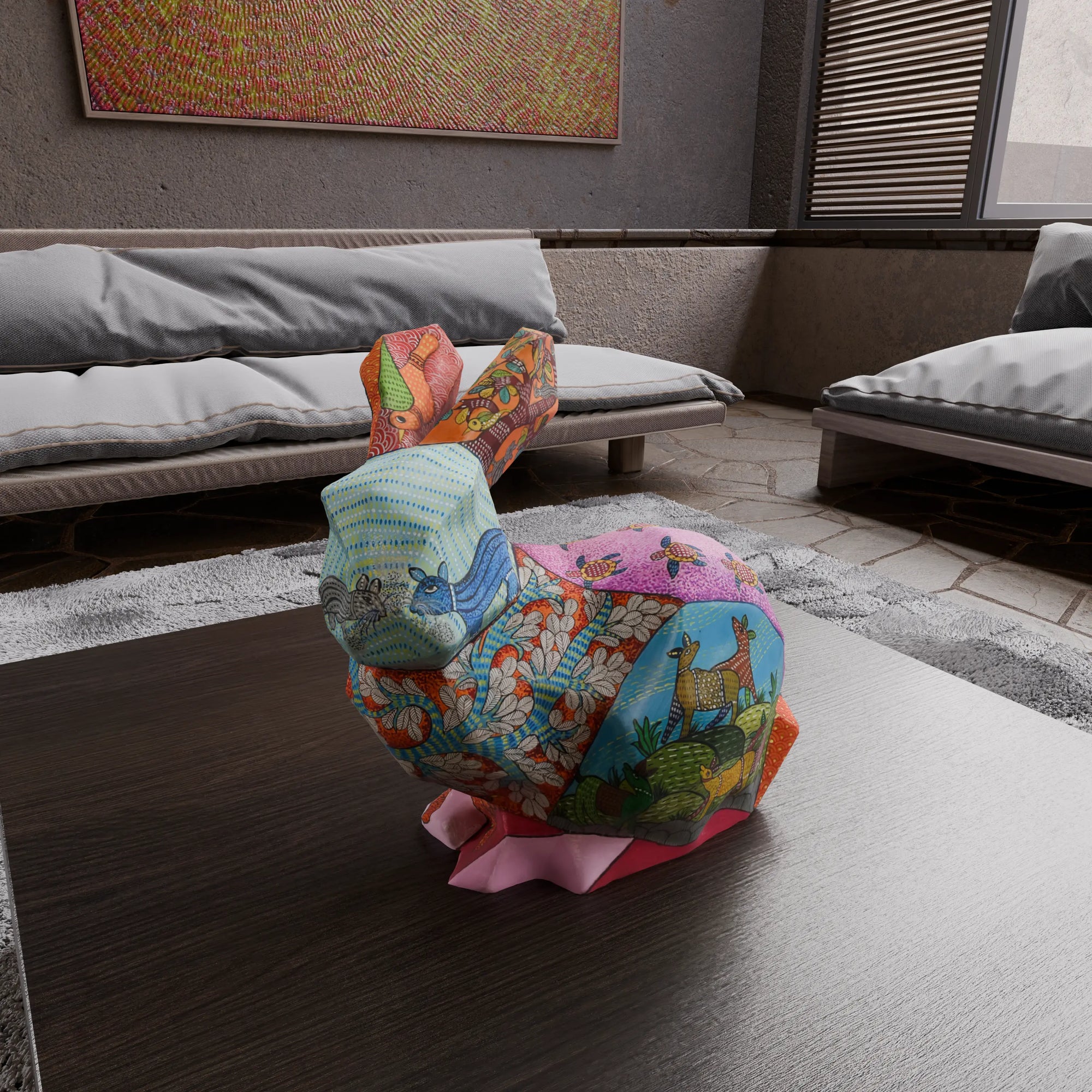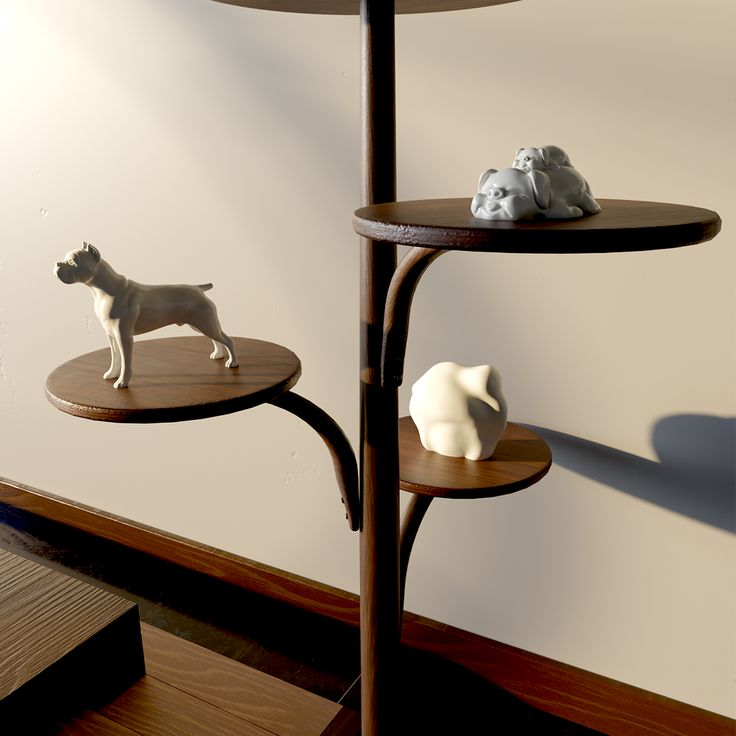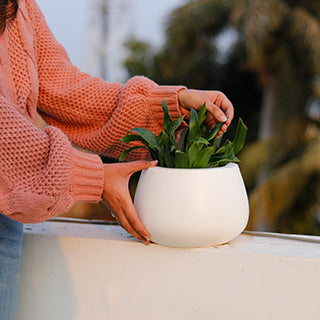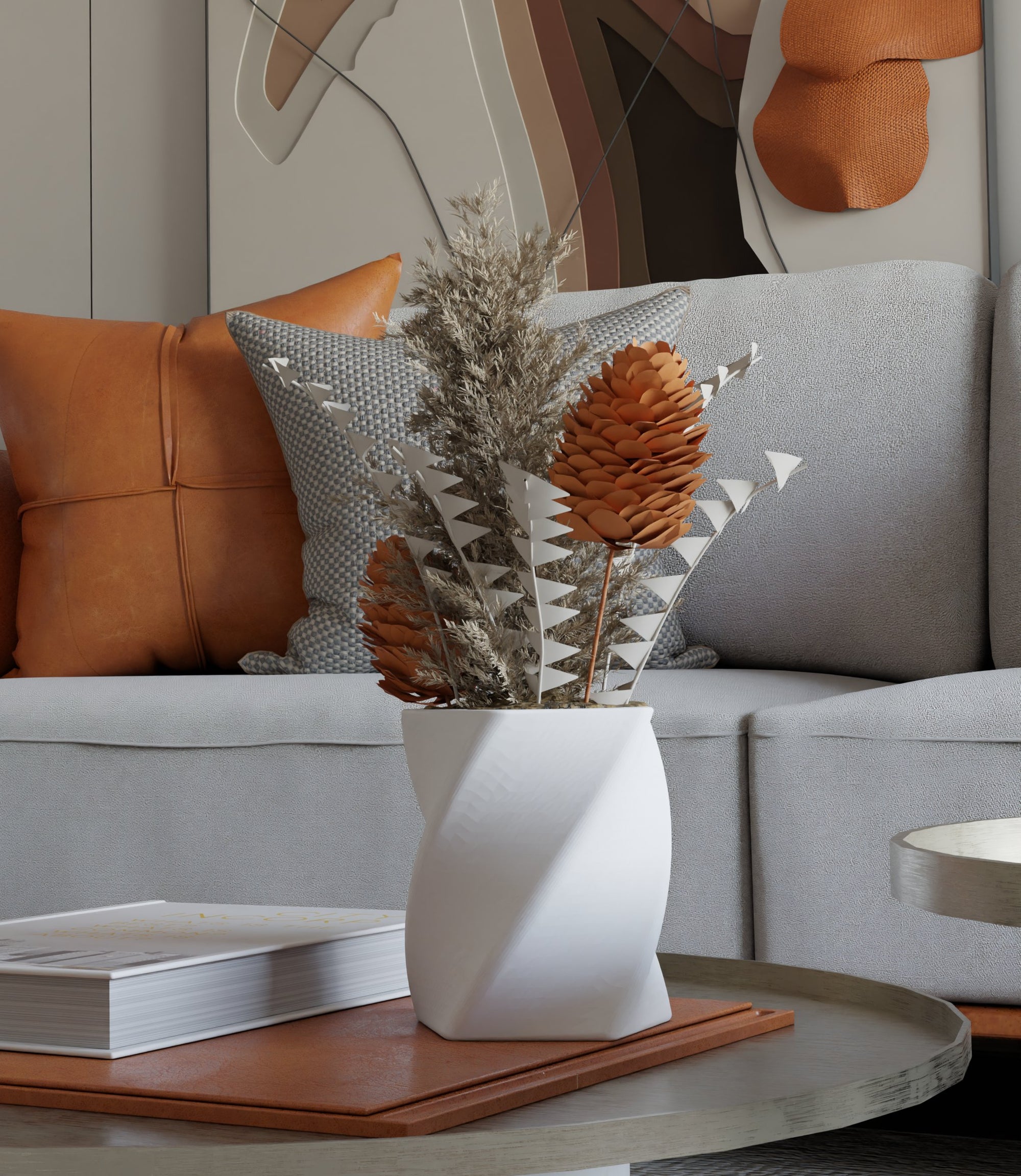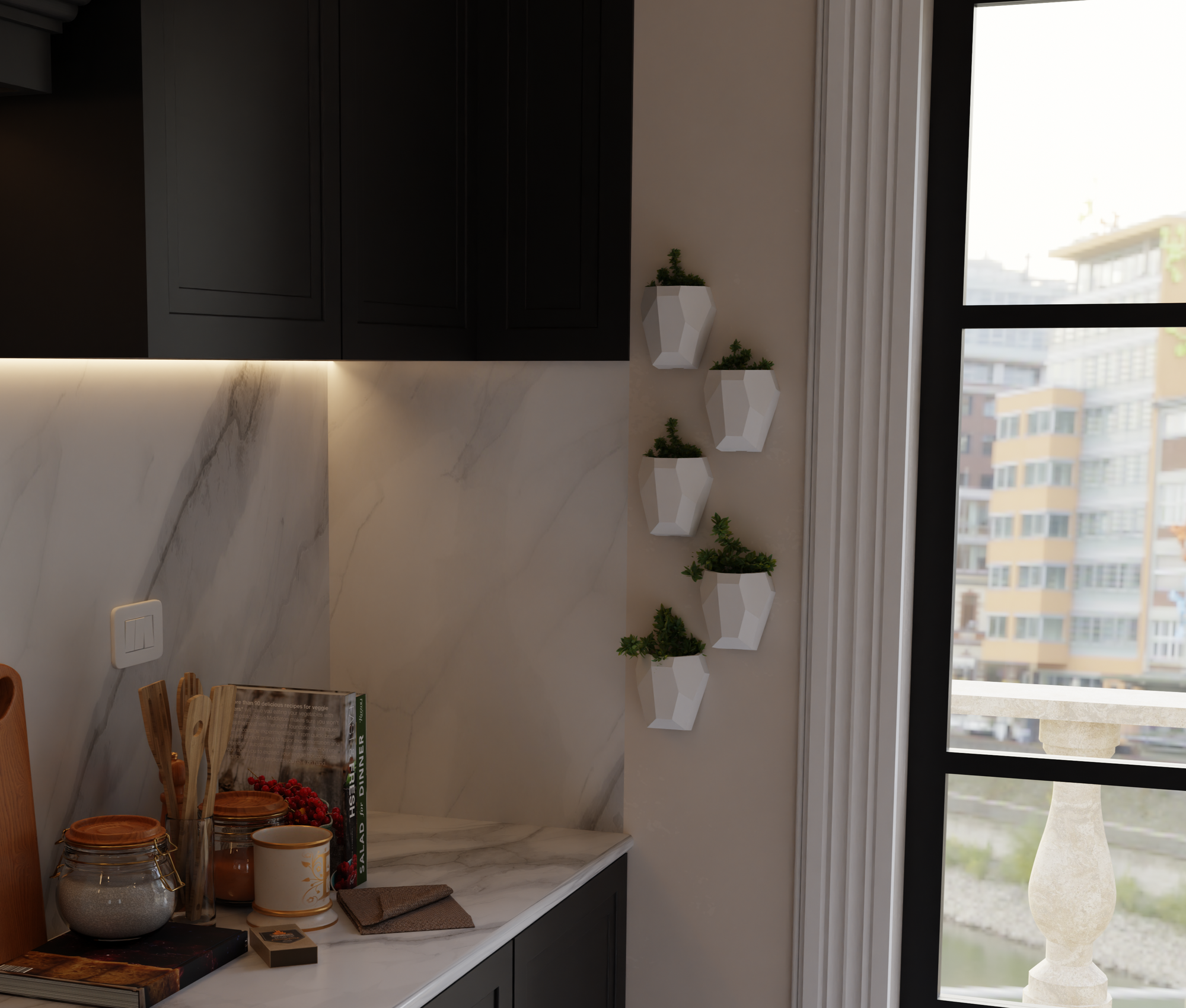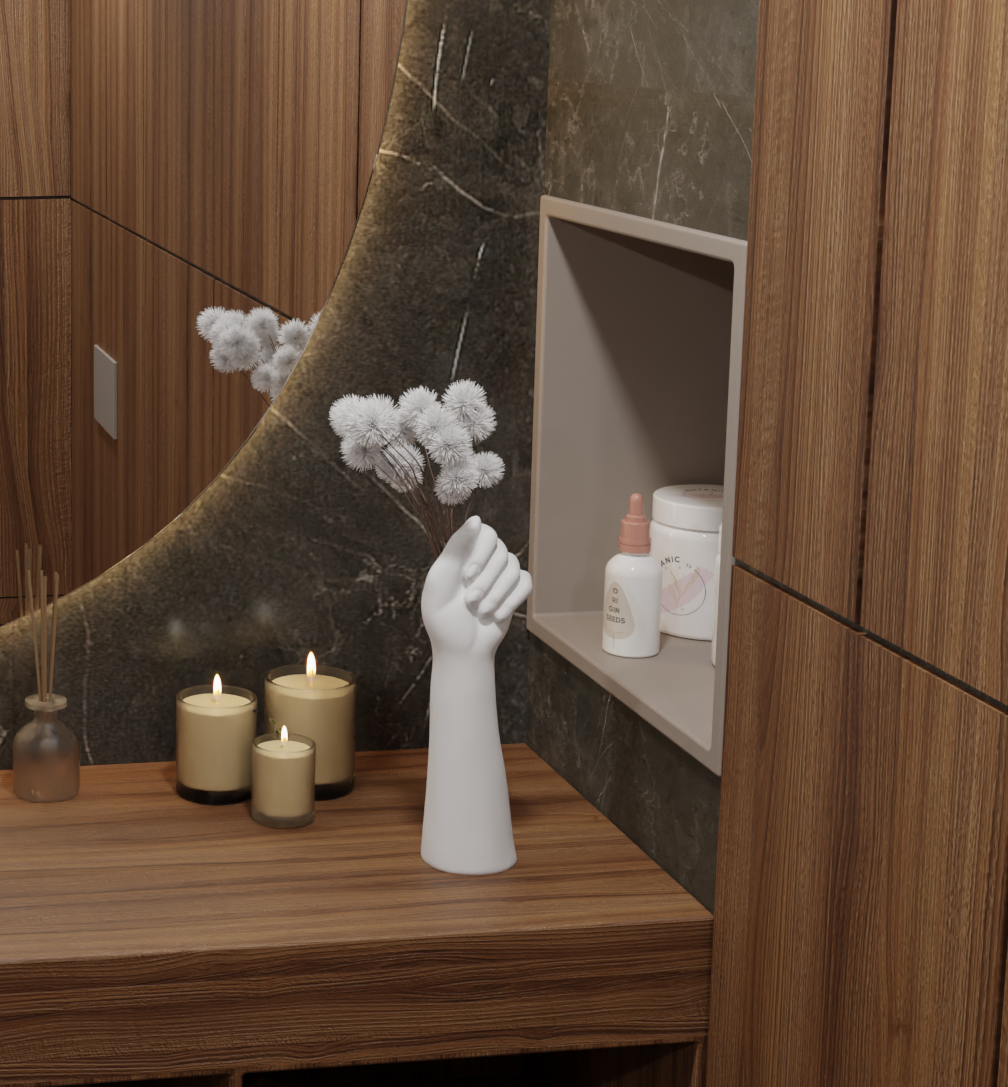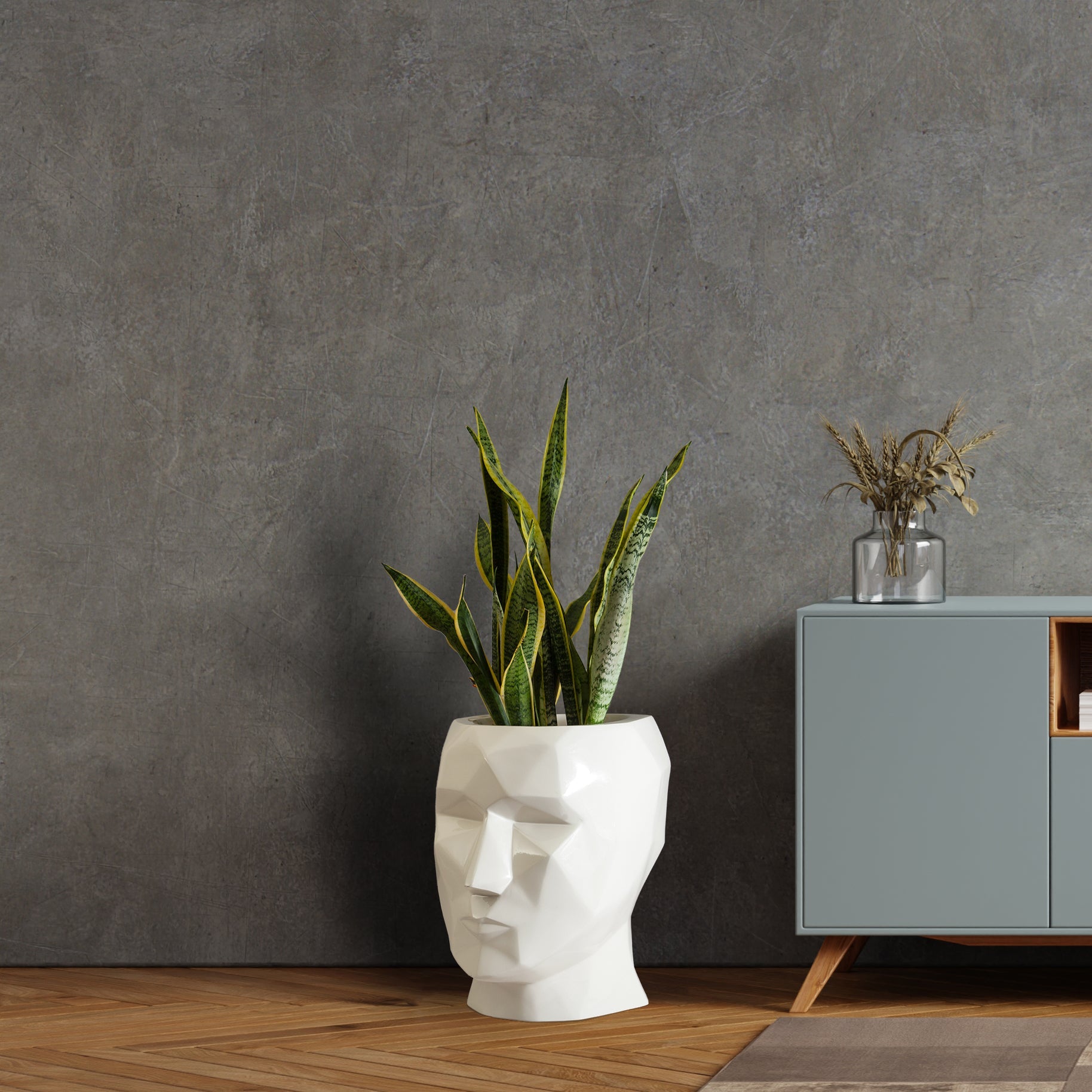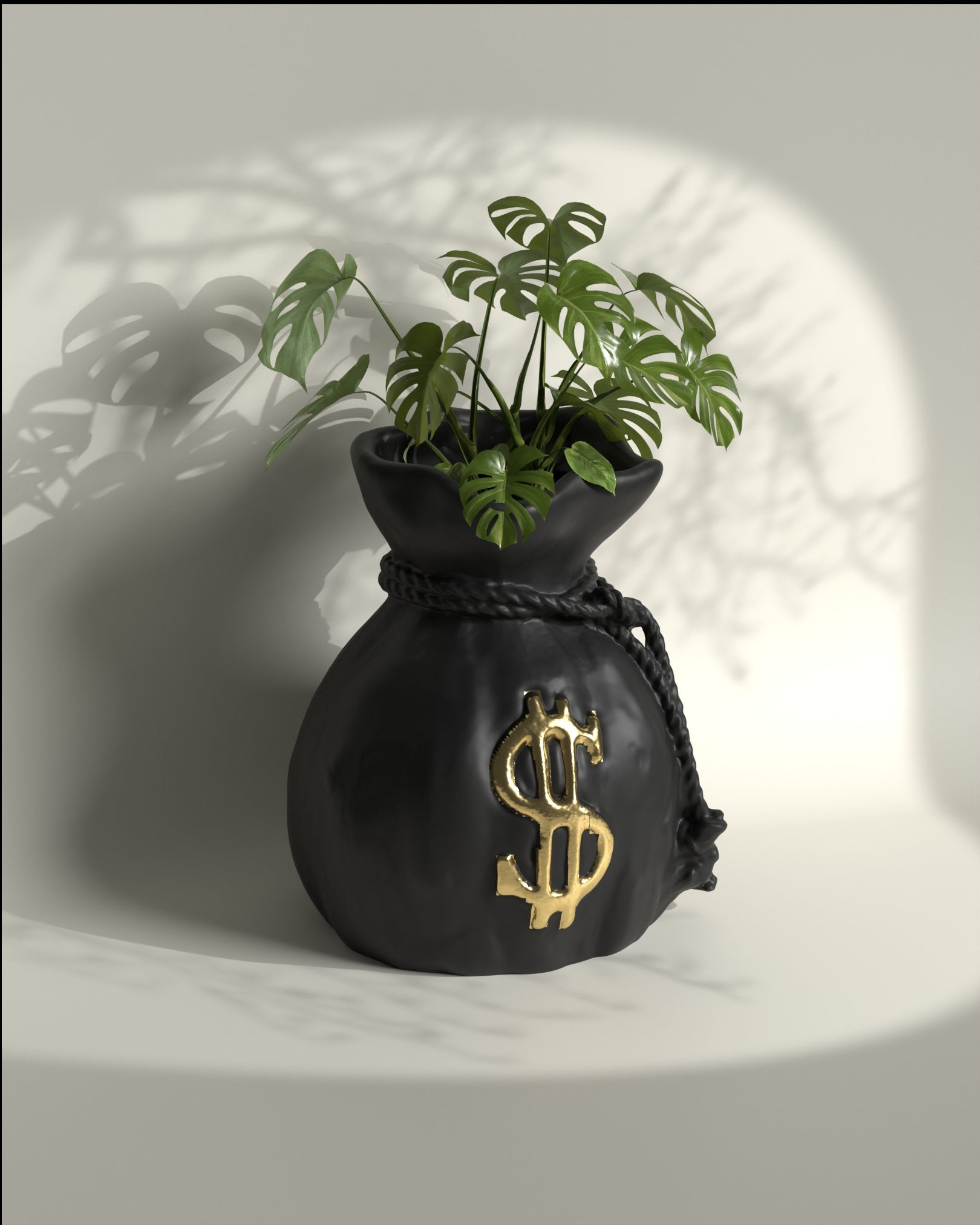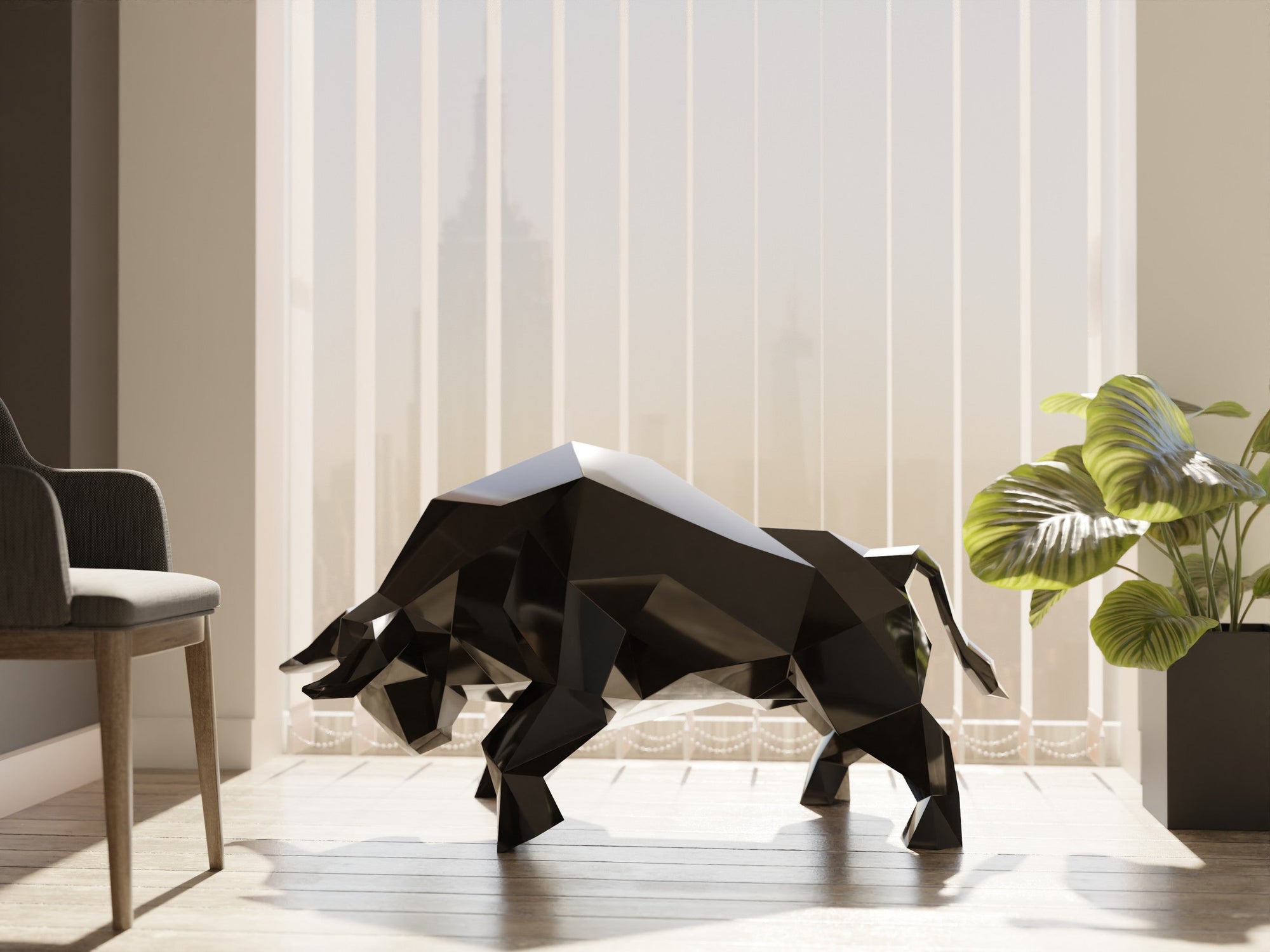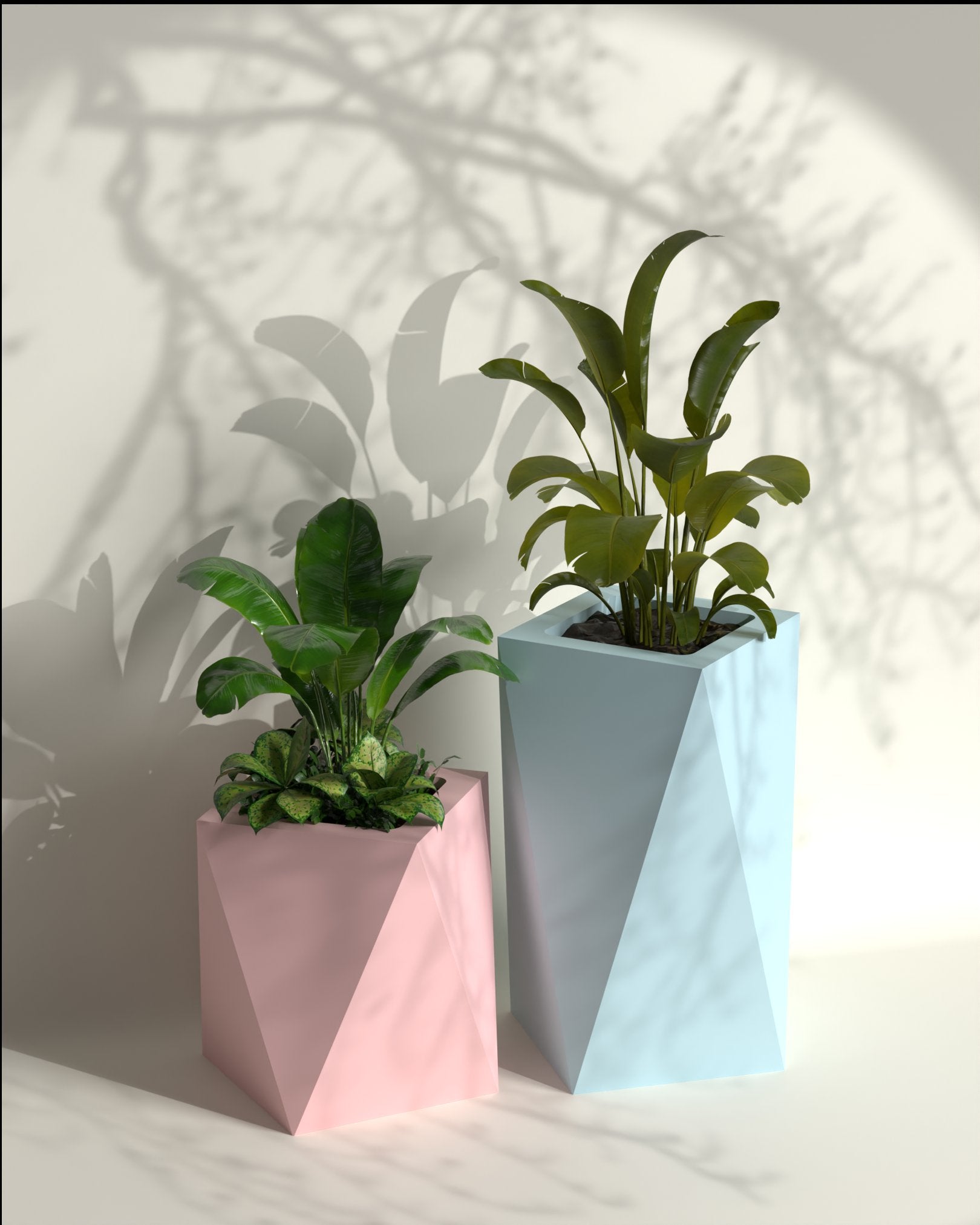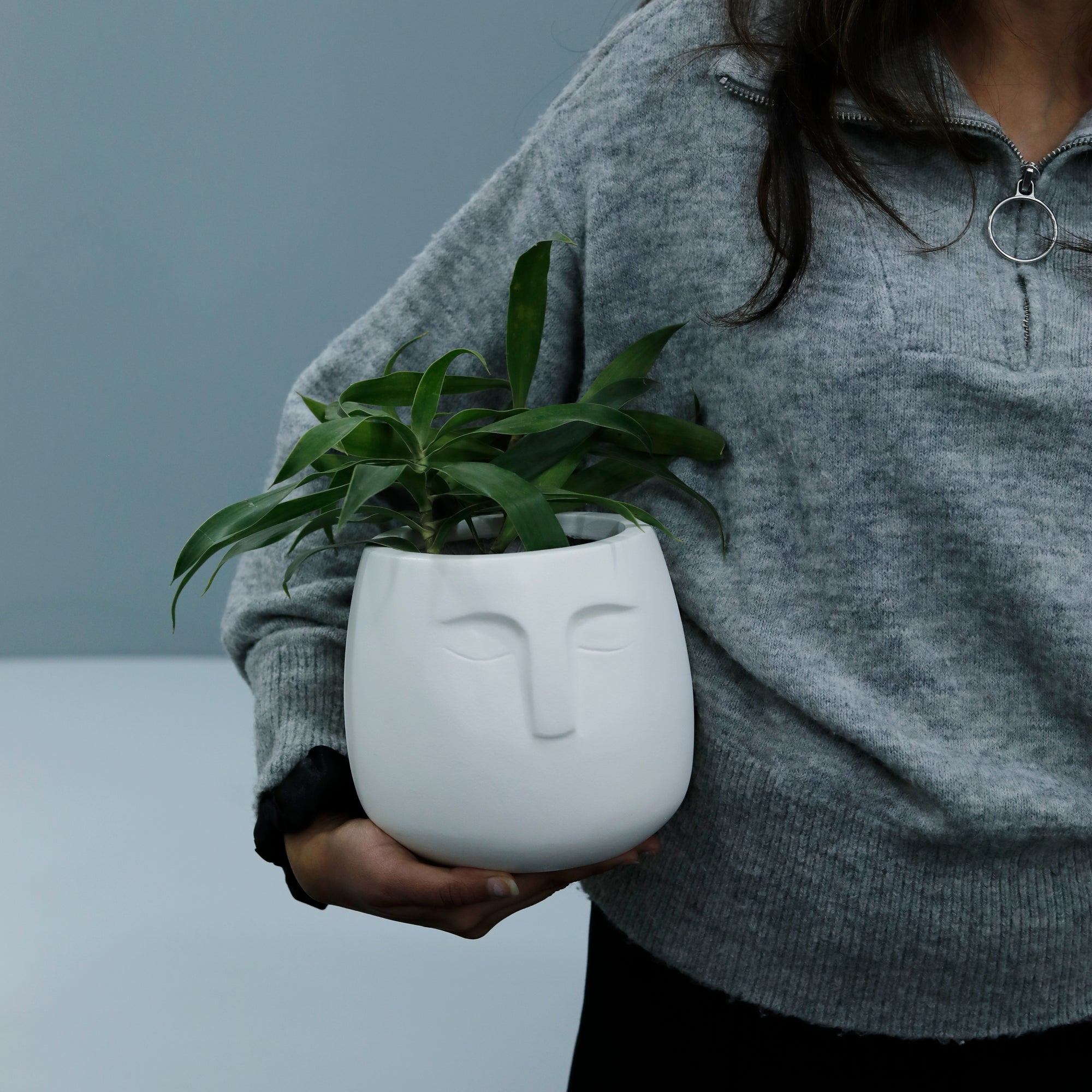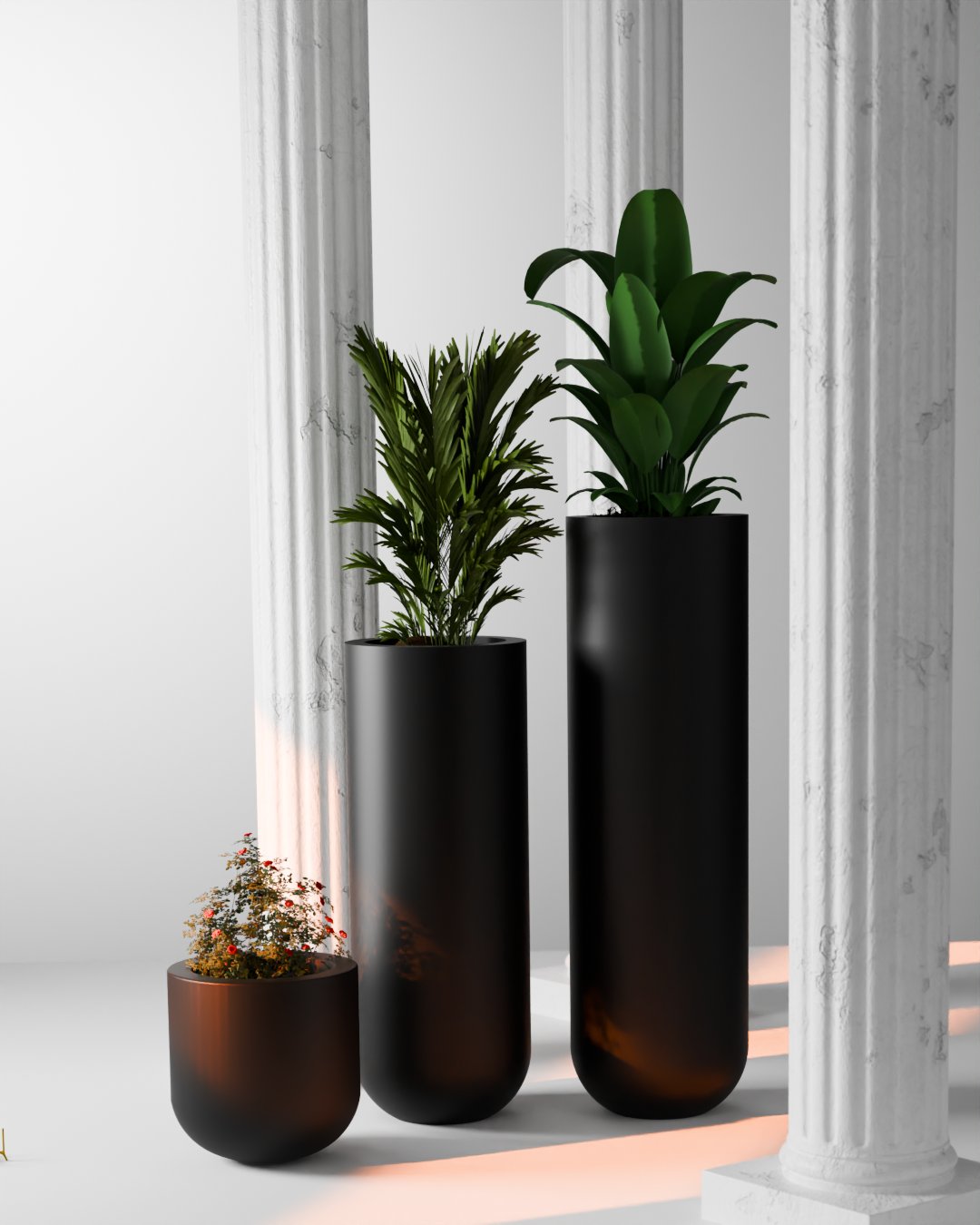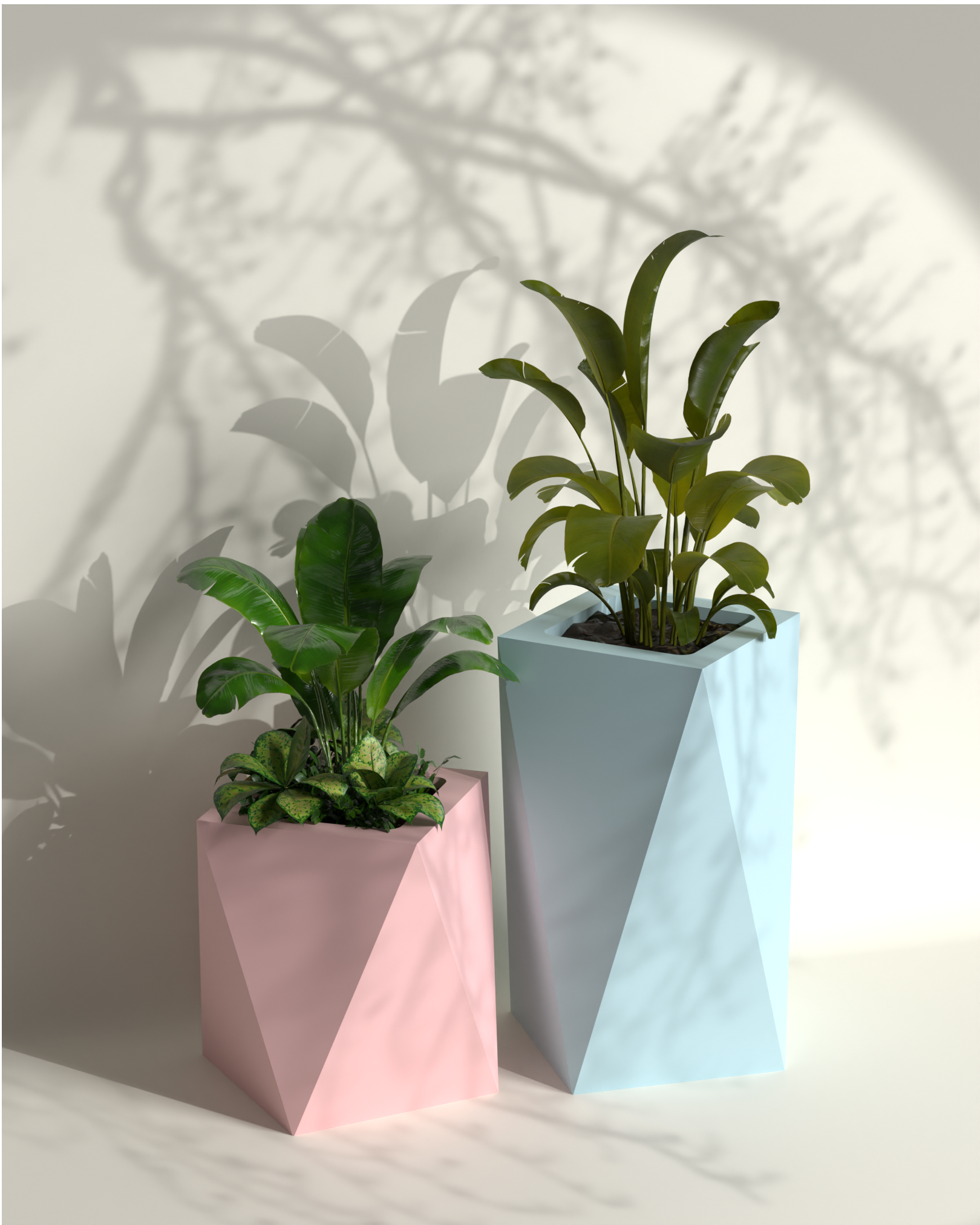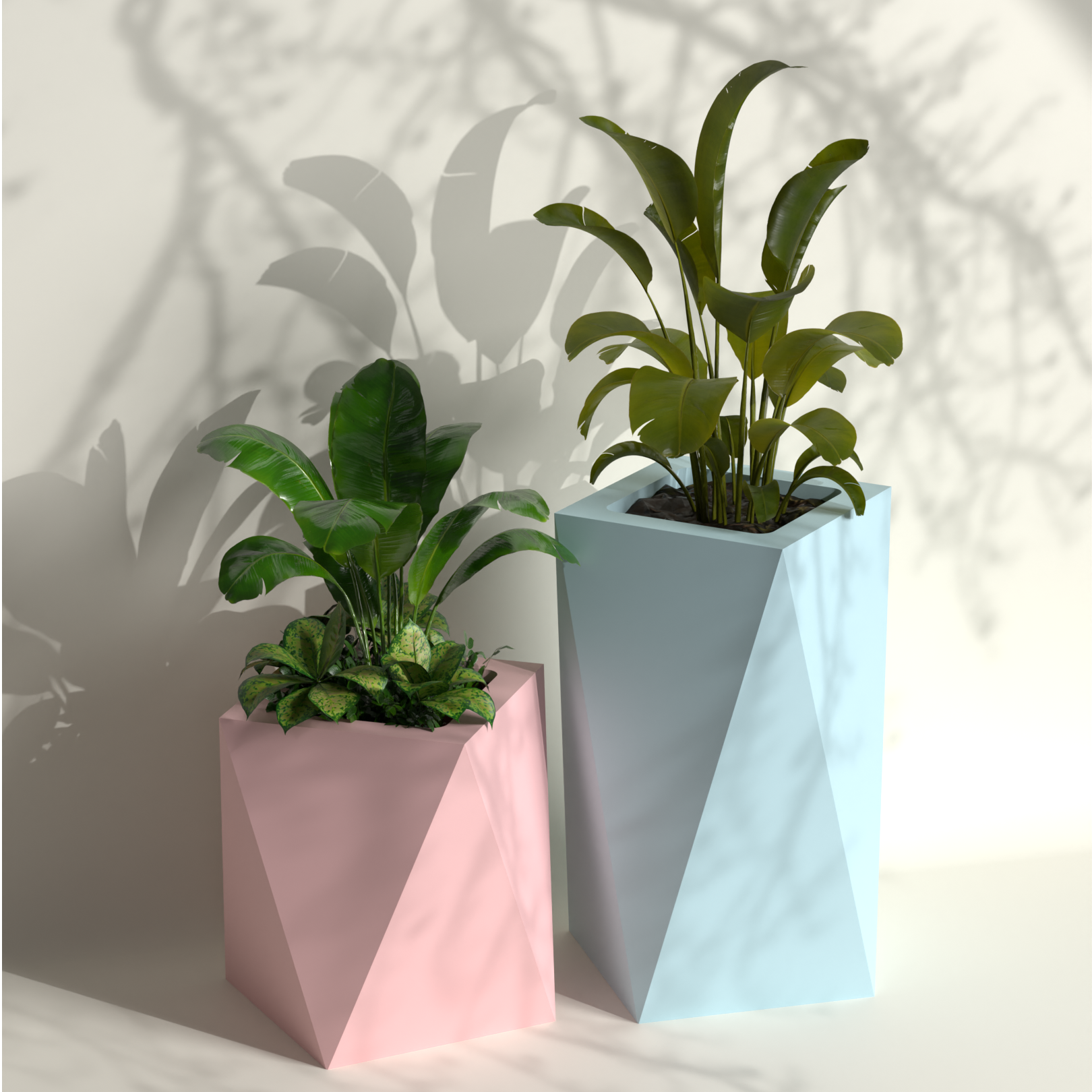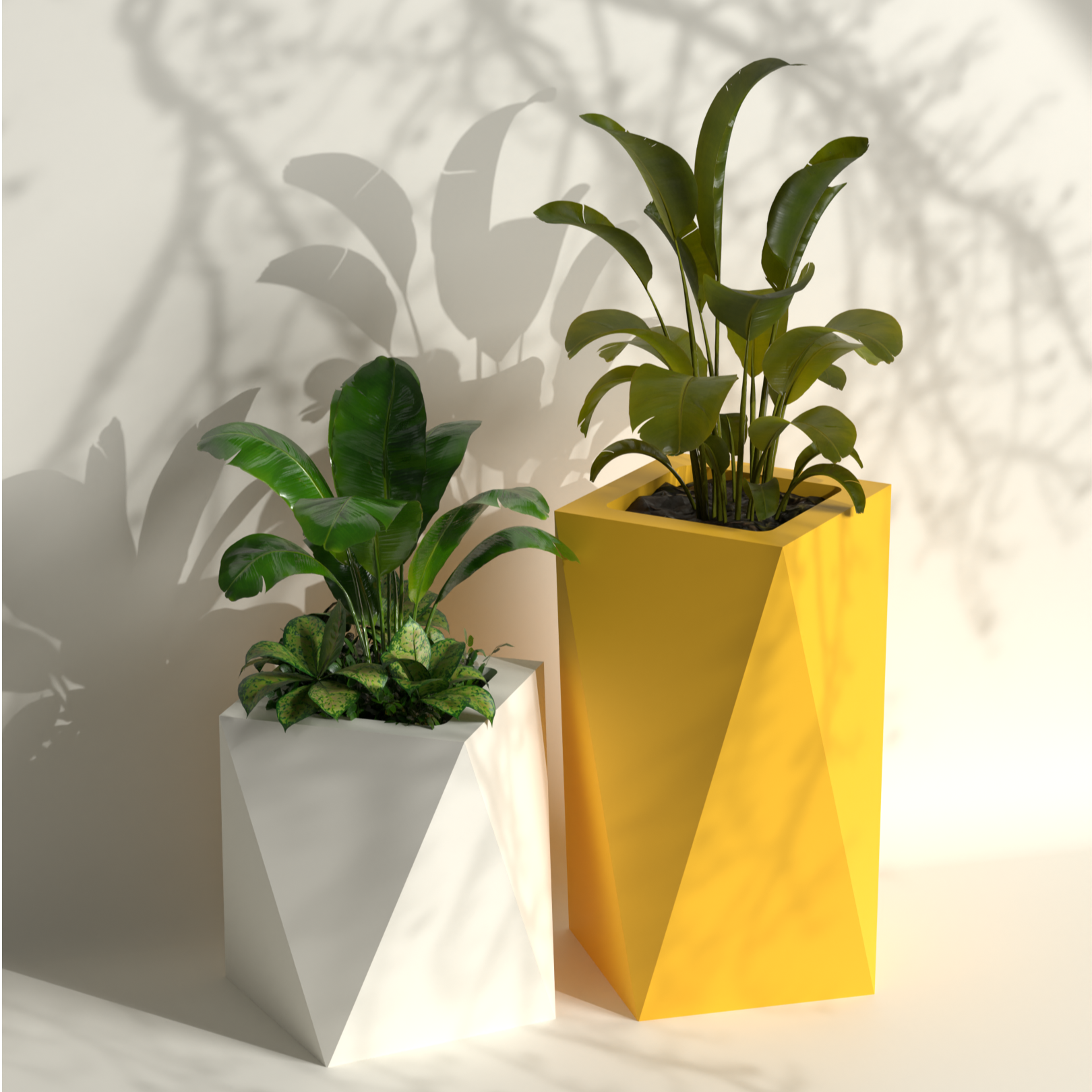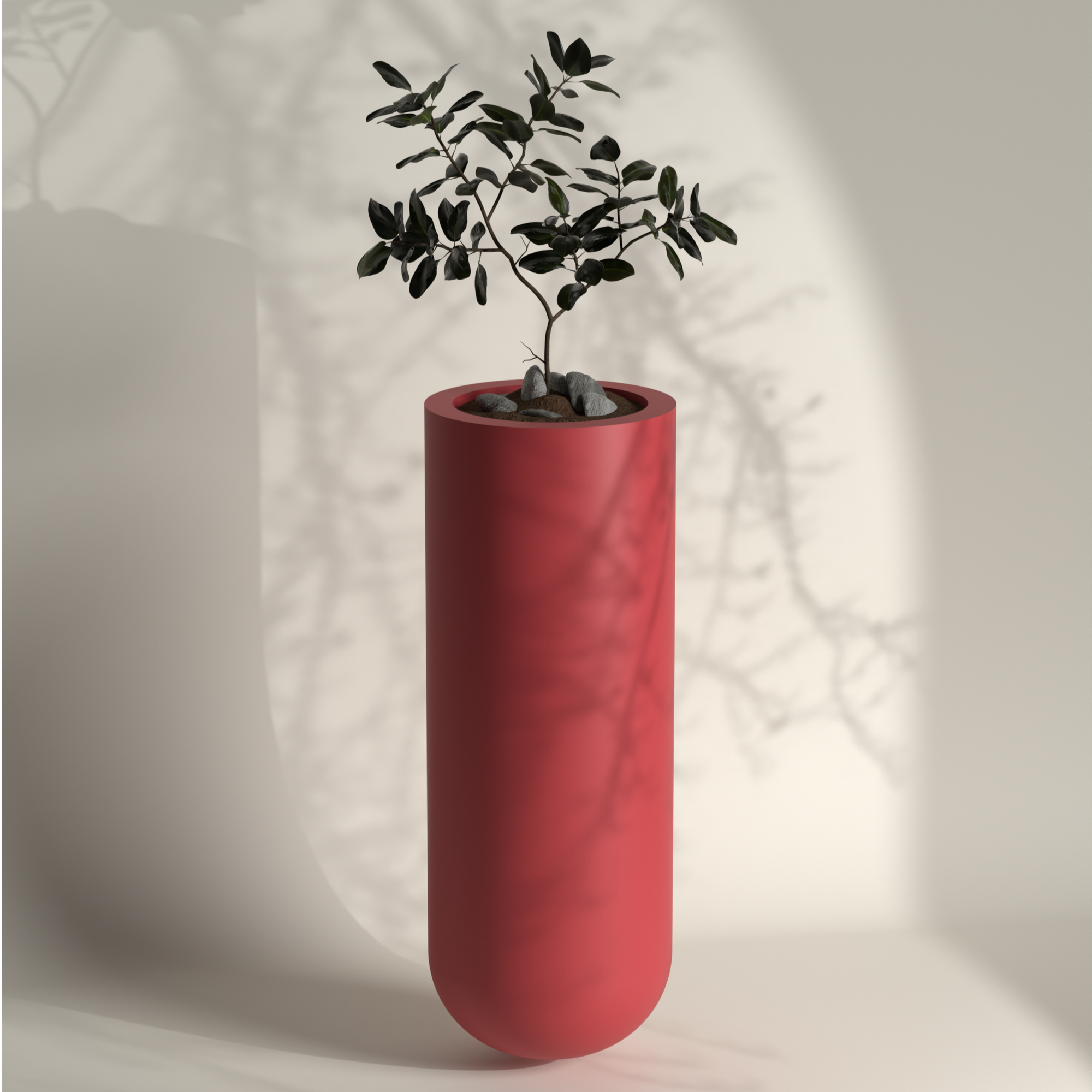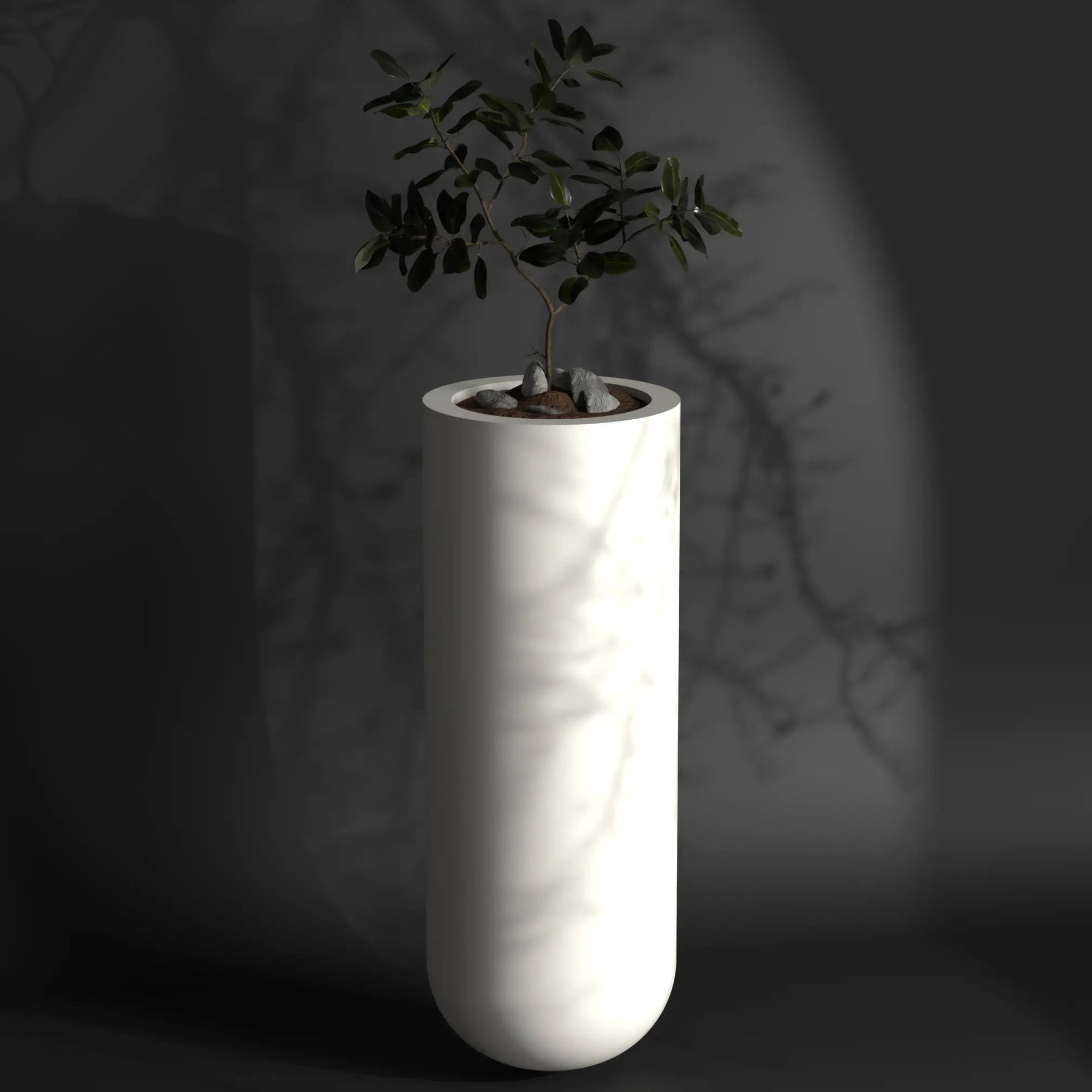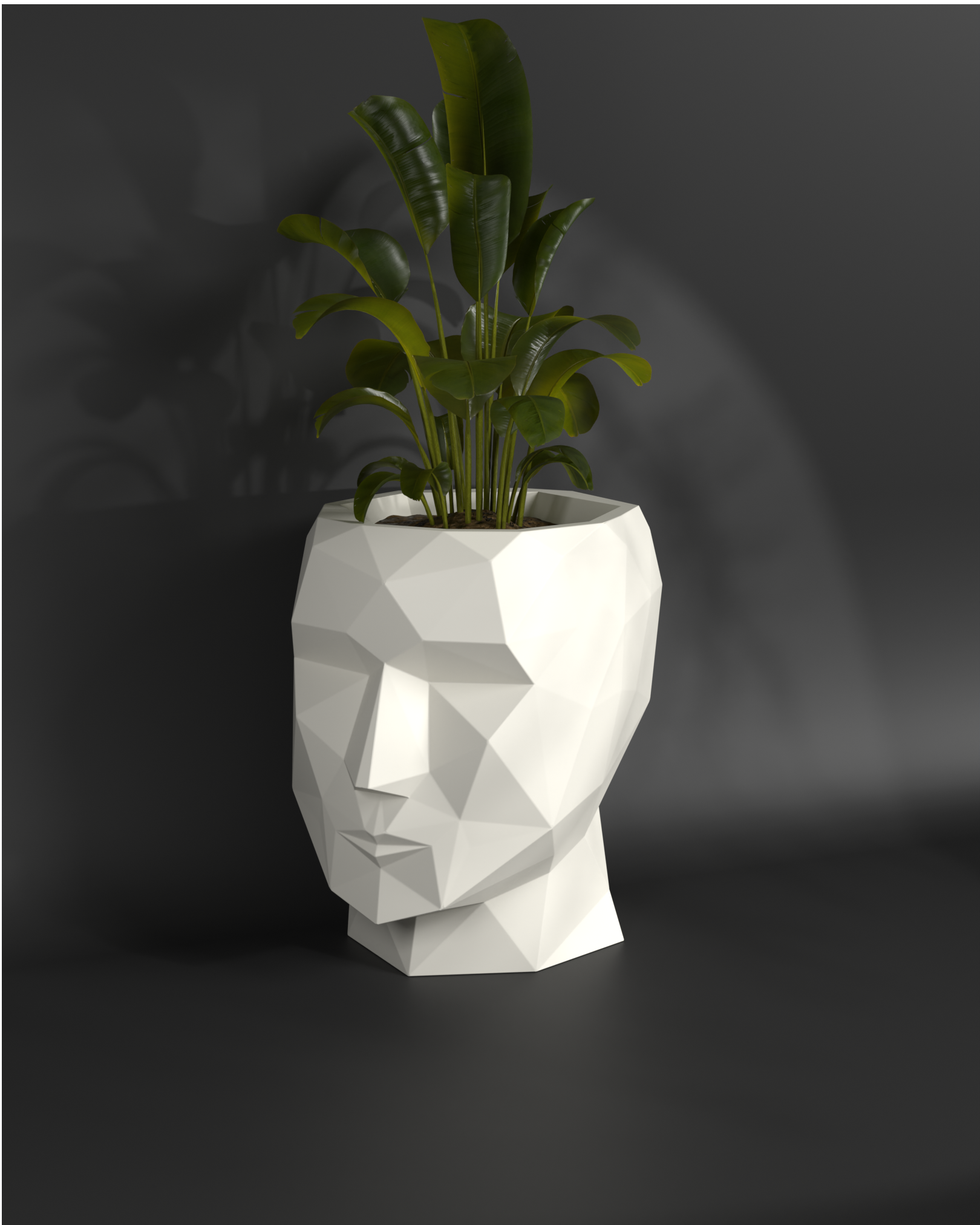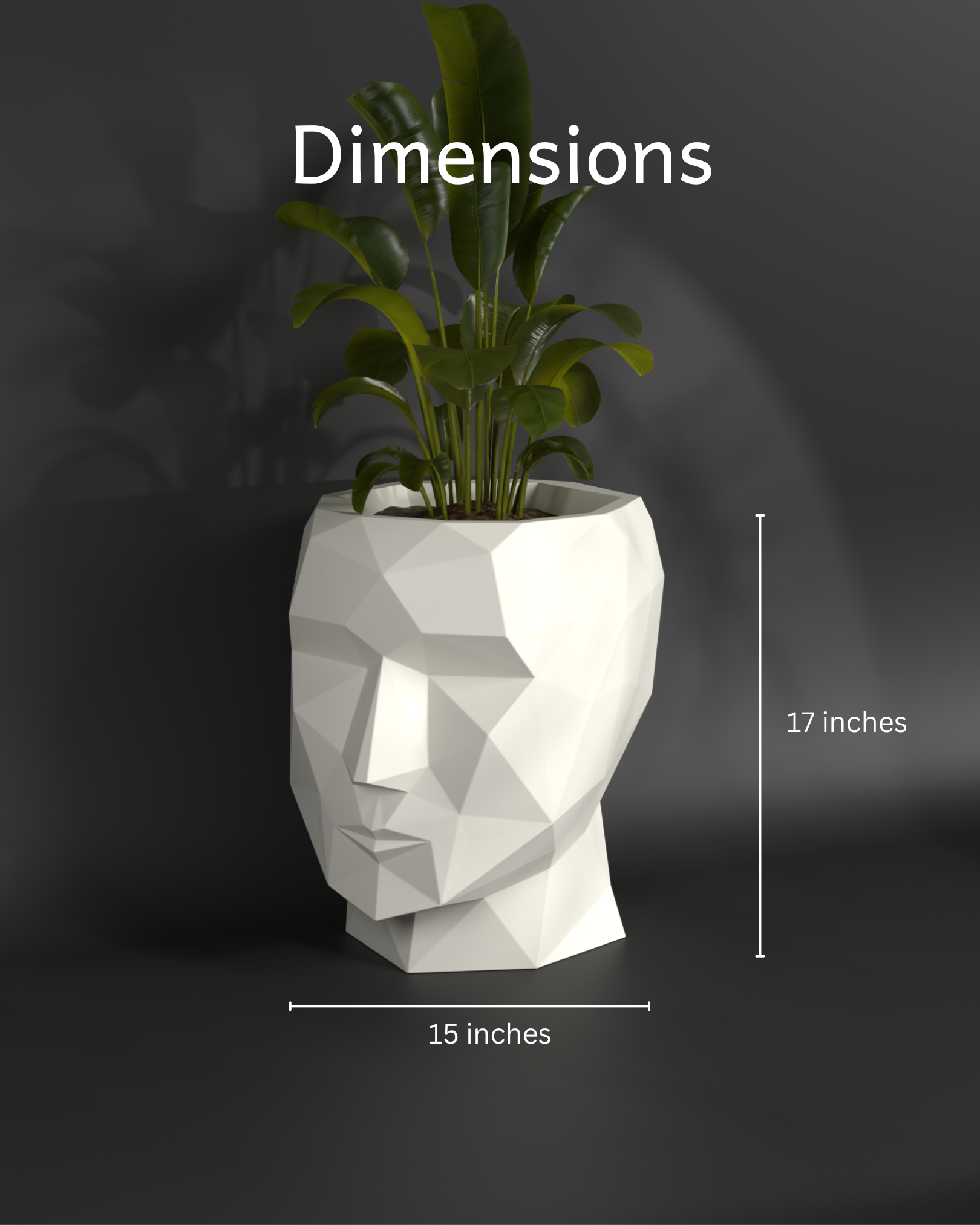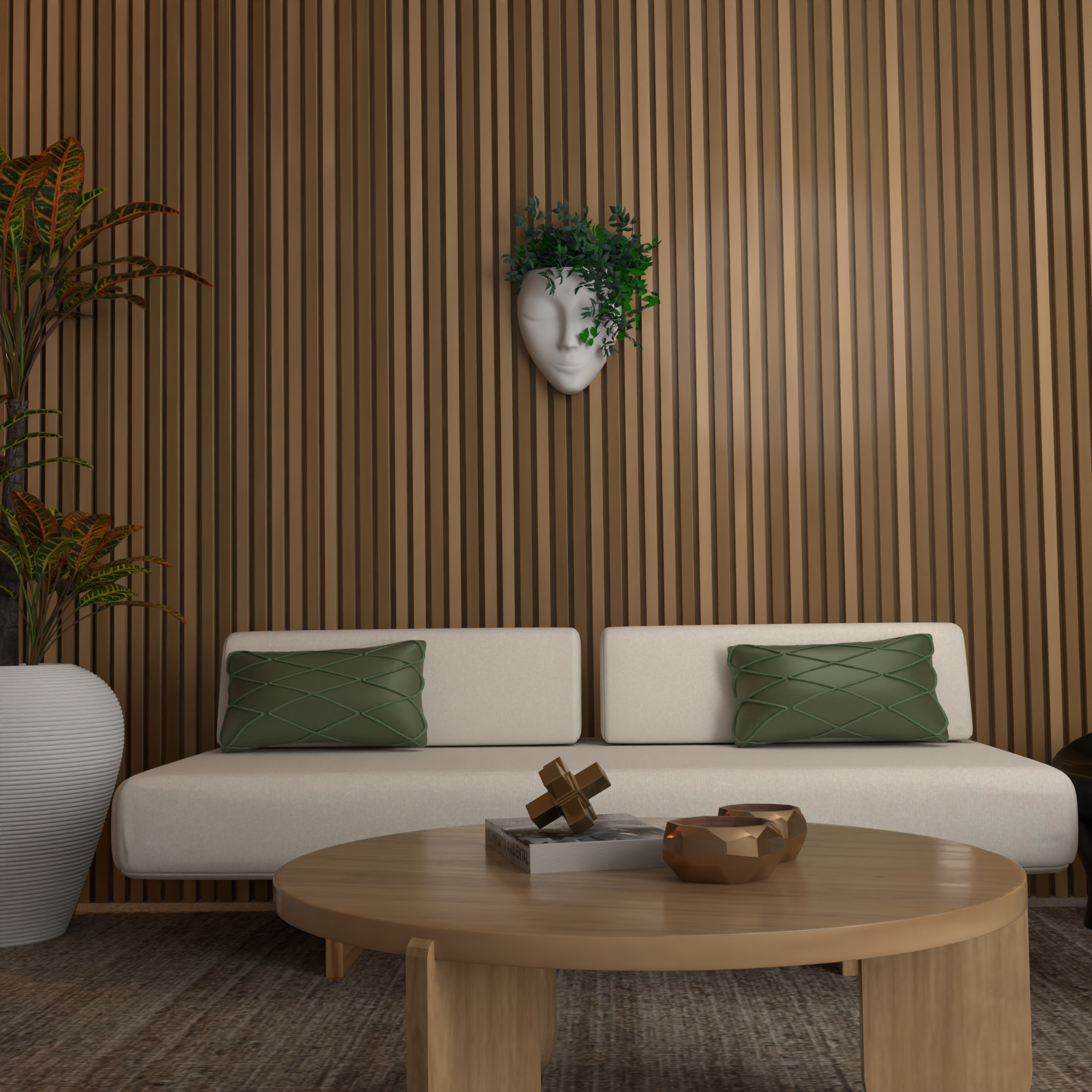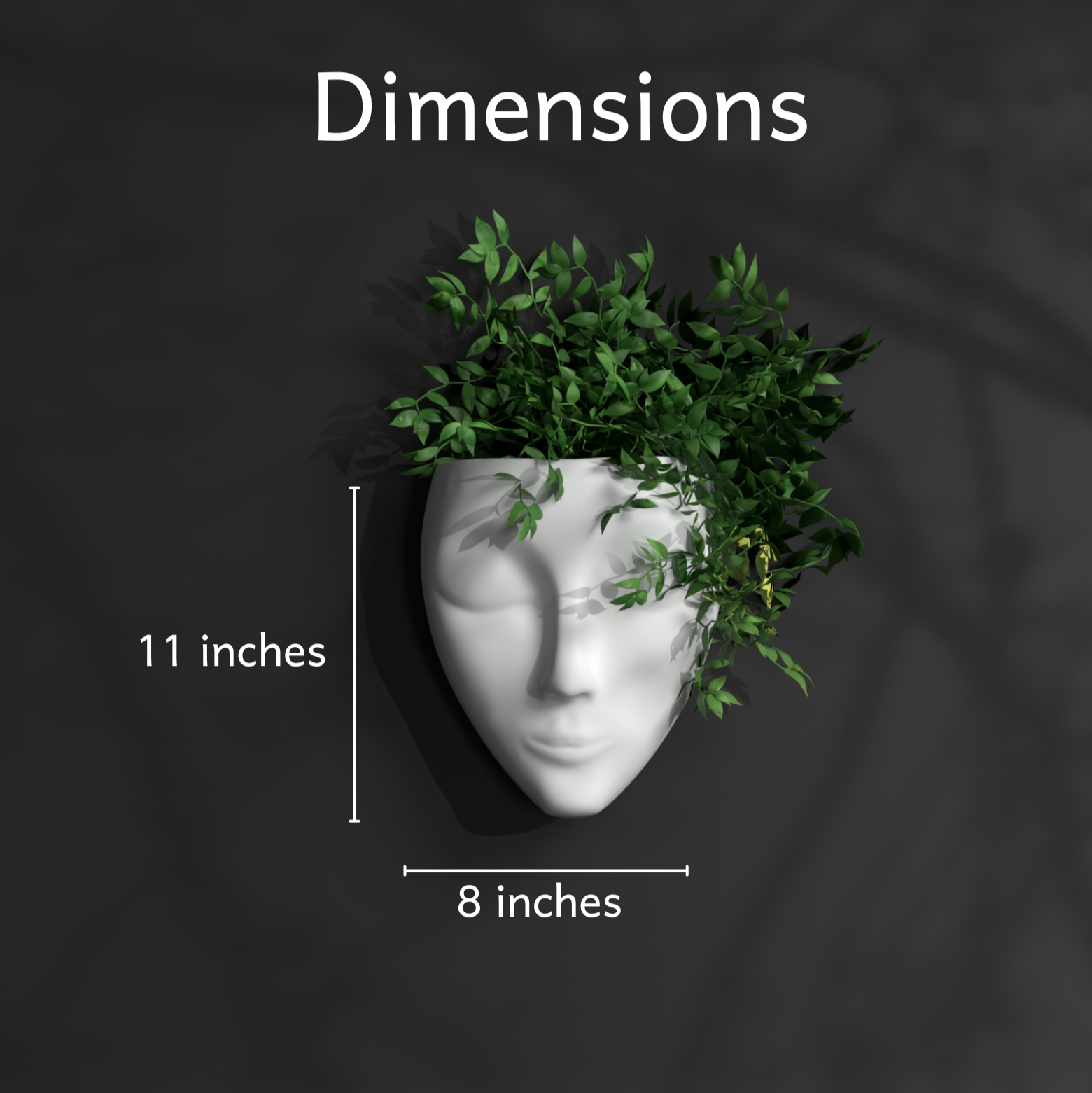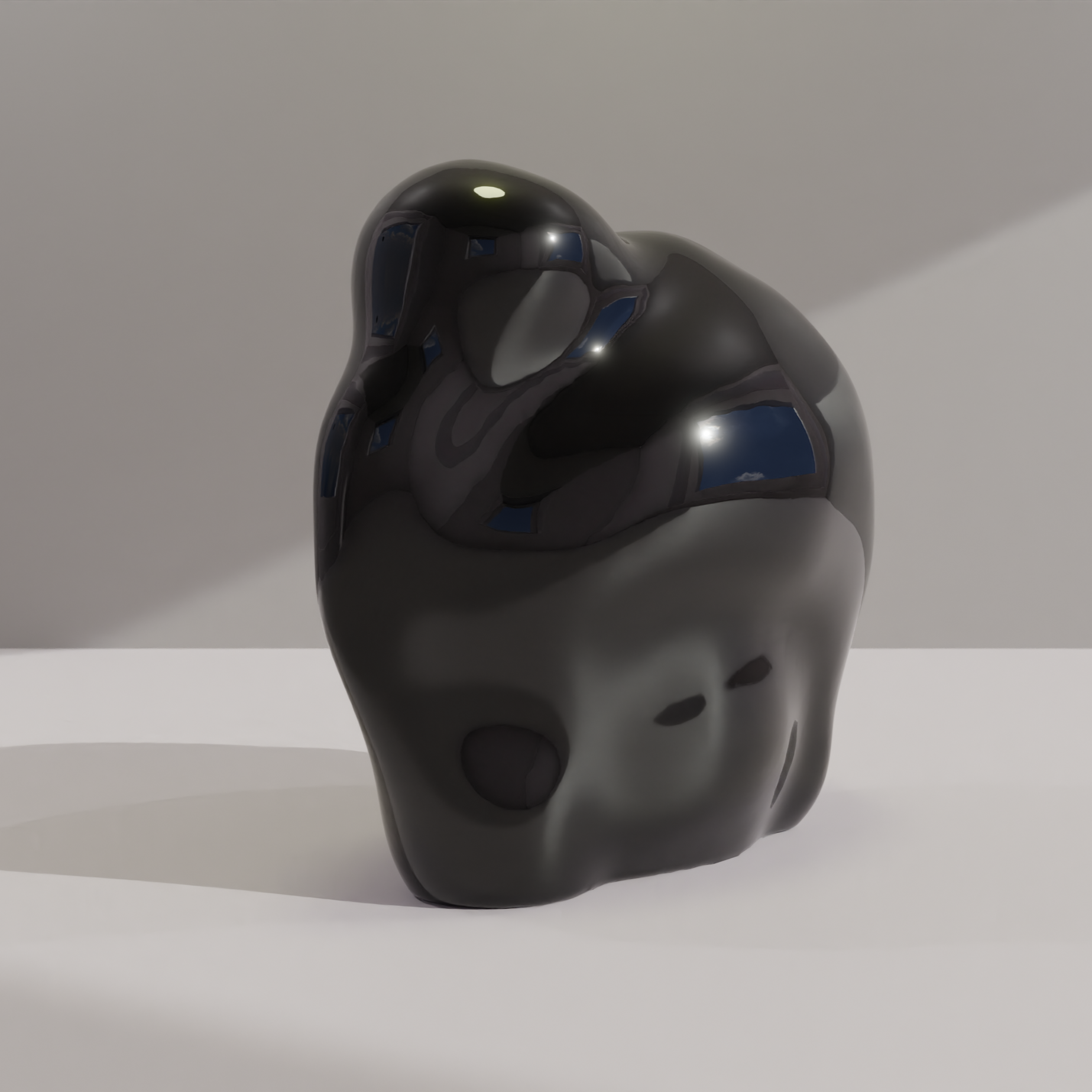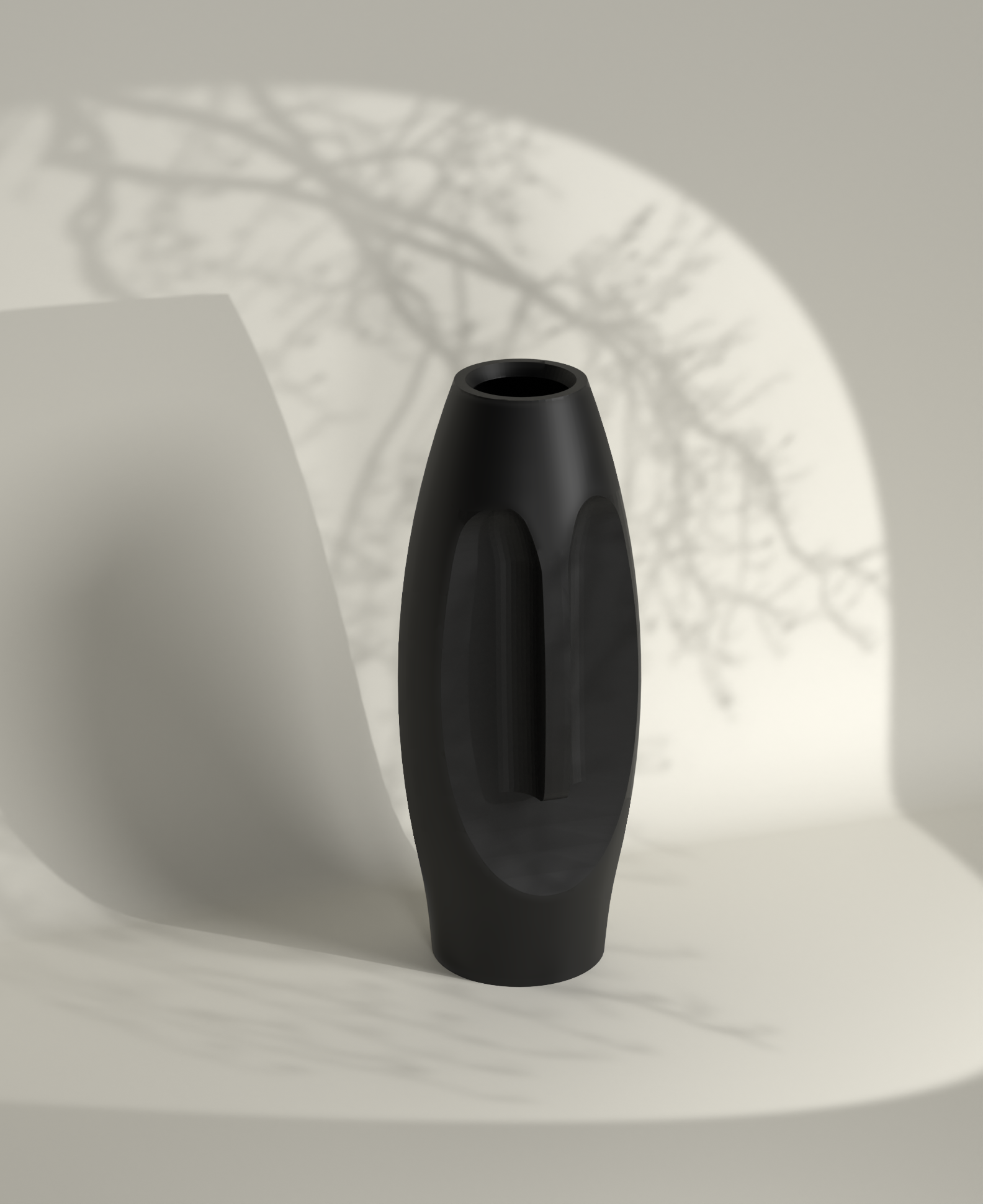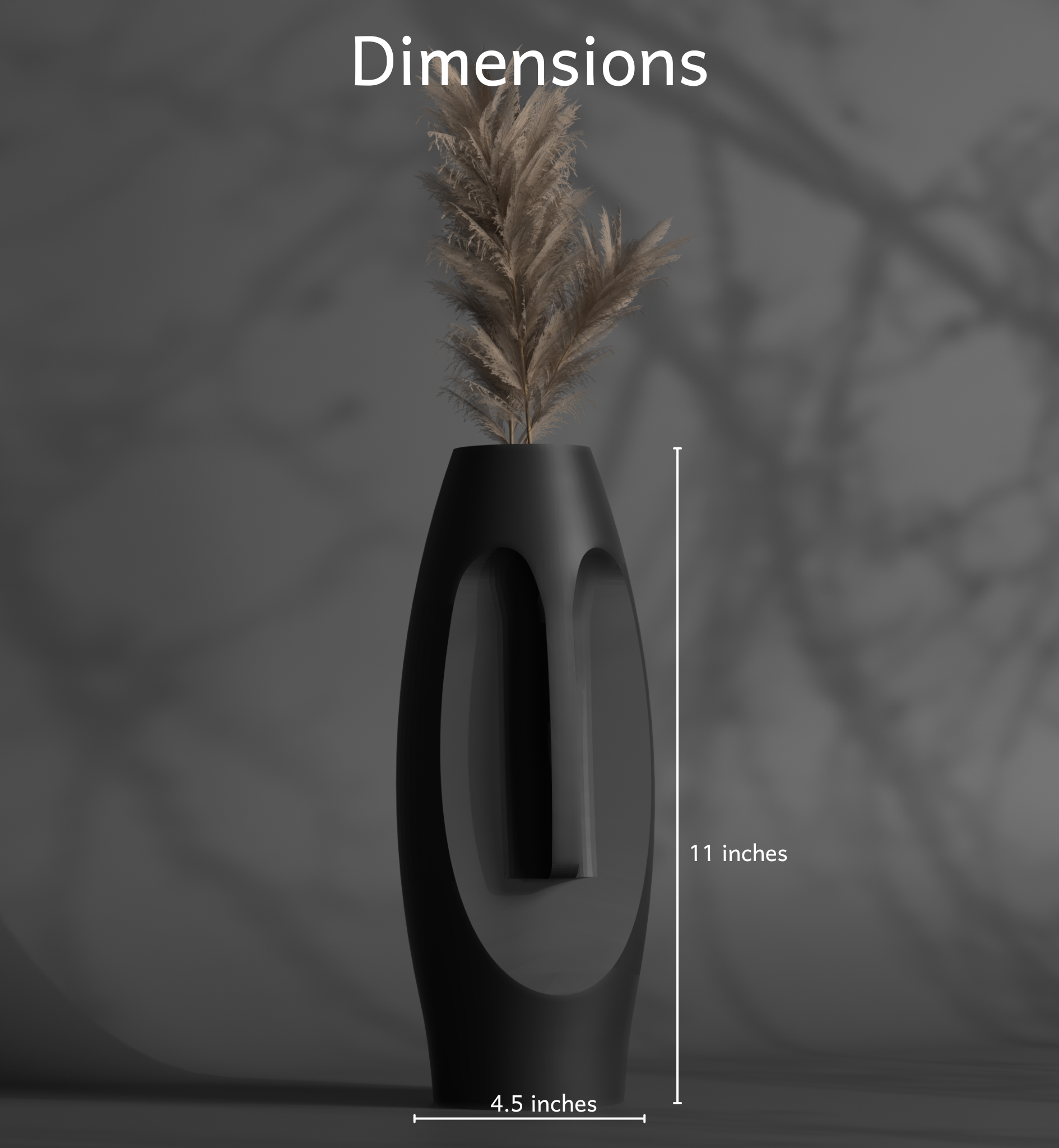
FRP vs Ceramic vs Concrete Planters: Which One's Best for Indian Summers?
As the scorching Indian summers approach, the age-old dilemma of choosing the right planter material for your beloved plants resurfaces. Whether you're a seasoned green thumb or a budding gardener, the decision between FRP, ceramic, and concrete planters can make or break the health and longevity of your indoor and outdoor greenery.
In this comprehensive guide, we'll delve into the unique properties, advantages, and drawbacks of each planter type, empowering you to make an informed choice that will keep your plants thriving through the hottest months.
Understanding the Planter Materials
FRP (Fiber-Reinforced Plastic) Planters
FRP, or Fiber-Reinforced Plastic, is a composite material that has gained immense popularity in the world of plant containers. Crafted with a blend of fiberglass and resin, FRP planters offer a unique combination of durability, lightweight, and design versatility.
One of the standout features of FRP is its exceptional resistance to weathering and environmental factors. These planters can withstand the scorching heat, heavy rainfall, and even the occasional frost without compromising their structural integrity or aesthetic appeal. This makes them an ideal choice for both indoor and outdoor use, ensuring your plants are protected from the elements.
Moreover, FRP planters are renowned for their low maintenance requirements. Unlike their ceramic or concrete counterparts, they don't require regular sealing or treatment to prevent cracking or chipping. A simple wipe-down with a damp cloth is often all it takes to keep them looking their best.
Ceramic Planters
Ceramic planters have long been a beloved choice among gardeners and interior designers alike. Crafted from clay and fired at high temperatures, these vessels offer a timeless and elegant aesthetic that can seamlessly blend with a wide range of decor styles.
One of the primary advantages of ceramic planters is their excellent moisture retention properties. The porous nature of the material allows for natural evaporation, which can help regulate soil moisture and prevent waterlogging. This feature is particularly beneficial for plants that thrive in well-draining environments.
However, the very qualities that make ceramic planters desirable also present some challenges during the scorching Indian summers. The material can become extremely hot to the touch, potentially causing harm to delicate plant roots. Additionally, the risk of cracking or chipping increases when exposed to rapid temperature fluctuations or direct sunlight.
Concrete Planters
Concrete planters have gained a strong foothold in the gardening world, thanks to their robust construction and modern, industrial-chic aesthetic. Crafted from a mixture of cement, sand, and water, these planters offer unparalleled durability and weight-bearing capabilities.
One of the primary advantages of concrete planters is their ability to maintain a consistent temperature, even in the face of extreme weather conditions. This thermal mass helps to insulate the soil and roots, protecting them from the harsh heat and sudden temperature changes that can plague other planter materials.
However, the weight of concrete planters can be a significant drawback, particularly for those with limited outdoor space or who need to frequently move their plants. Additionally, the porous nature of concrete can make it susceptible to staining and discoloration over time, requiring regular maintenance and cleaning.
Factors to Consider When Choosing Planters
When selecting the perfect planters for your plants, it's essential to consider a variety of factors to ensure their long-term health and your own gardening satisfaction.
Climate and Weather Conditions
The climate and weather conditions in your region play a crucial role in determining the most suitable planter material. In the scorching Indian summers, planters that can effectively regulate temperature and moisture levels are paramount.
FRP planters, with their exceptional insulation properties and resistance to weathering, often emerge as the frontrunners in this regard. Ceramic planters, while visually appealing, may struggle to maintain optimal soil conditions during the hottest months. Concrete planters, on the other hand, excel at temperature regulation but can be heavy and cumbersome to manage.
Plant Needs and Preferences
Different plant species have varying requirements when it comes to soil moisture, nutrient absorption, and root growth. Understanding the specific needs of your plants can help you choose the right planter material to support their thriving.
For instance, plants that prefer well-draining soil, such as succulents and cacti, may benefit more from the porous nature of ceramic planters. Conversely, plants that require consistent moisture, like tropical foliage, may thrive better in the water-retaining FRP or concrete containers.
Aesthetic Considerations
While functionality is paramount, the visual appeal of your planters can also play a significant role in your gardening experience. FRP planters offer a wide range of design options, from sleek and modern to rustic and textured, allowing you to seamlessly integrate them into your indoor or outdoor decor.
Ceramic planters, with their timeless elegance and diverse glazing options, can add a touch of sophistication to any space. Concrete planters, on the other hand, lend a contemporary, industrial-inspired aesthetic that can complement minimalist or urban-inspired settings.
Maintenance and Durability
The long-term maintenance and durability of your planters should also be a key consideration. FRP planters, with their low-maintenance requirements and resistance to weathering, can be an excellent choice for those who prefer a hassle-free gardening experience.
Ceramic planters, while visually stunning, may require more frequent attention to prevent cracking or chipping, particularly in the face of extreme temperature fluctuations. Concrete planters, while highly durable, can be susceptible to staining and discoloration, necessitating regular cleaning and upkeep.
Choosing the Right Planter for Your Needs
Now that we've explored the unique characteristics of FRP, ceramic, and concrete planters, let's dive into the specific scenarios where each material shines.
FRP Planters: The Versatile Choice
FRP planters emerge as the clear winner for gardeners seeking a low-maintenance, weather-resistant option that can thrive in the Indian summers. Their exceptional insulation properties help regulate soil temperature, protecting delicate plant roots from the scorching heat. Additionally, the lightweight nature of FRP makes them easy to move and rearrange, allowing you to optimize the placement of your plants based on their sun exposure needs.
For those with limited outdoor space or who need to frequently relocate their plants, FRP planters offer a practical and durable solution. Their resistance to cracking, chipping, and fading ensures your planters maintain their pristine appearance season after season.
Ceramic Planters: The Timeless Elegance
If you're drawn to the timeless charm and visual appeal of ceramic planters, they can be an excellent choice for indoor settings or sheltered outdoor areas. The porous nature of the material can help regulate soil moisture, making them a suitable option for plants that thrive in well-draining environments.
However, it's essential to exercise caution when using ceramic planters in direct sunlight or during the hottest months, as the material can become extremely hot to the touch, potentially harming your plants. Strategically placing these planters in shaded areas or using them for more heat-tolerant species can help mitigate this challenge.
Concrete Planters: The Thermal Regulators
For gardeners seeking exceptional temperature regulation for their plants, concrete planters can be a reliable choice. The thermal mass of the material helps insulate the soil, protecting delicate roots from the harsh fluctuations in temperature that can occur during the Indian summers.
While concrete planters offer unparalleled durability, their weight can be a significant drawback, particularly for those with limited outdoor space or who need to frequently move their plants. Additionally, the porous nature of concrete can make it susceptible to staining and discoloration, requiring regular maintenance to keep them looking their best.
Conclusion
As you navigate the world of planters, remember that there is no one-size-fits-all solution. The choice between FRP, ceramic, and concrete ultimately comes down to your specific needs, climate, and personal preferences.
FRP planters emerge as the versatile and low-maintenance option, well-suited to withstand the rigors of the Indian summers. Ceramic planters offer timeless elegance, but require extra care in direct sunlight. Concrete planters excel at temperature regulation, but their weight can be a drawback.
Ultimately, the best planter for you is the one that not only keeps your plants thriving but also aligns with your gardening style and aesthetic sensibilities. By considering the factors outlined in this guide, you can make an informed decision that will ensure your plants flourish through the hottest months and beyond.
Happy planting!


